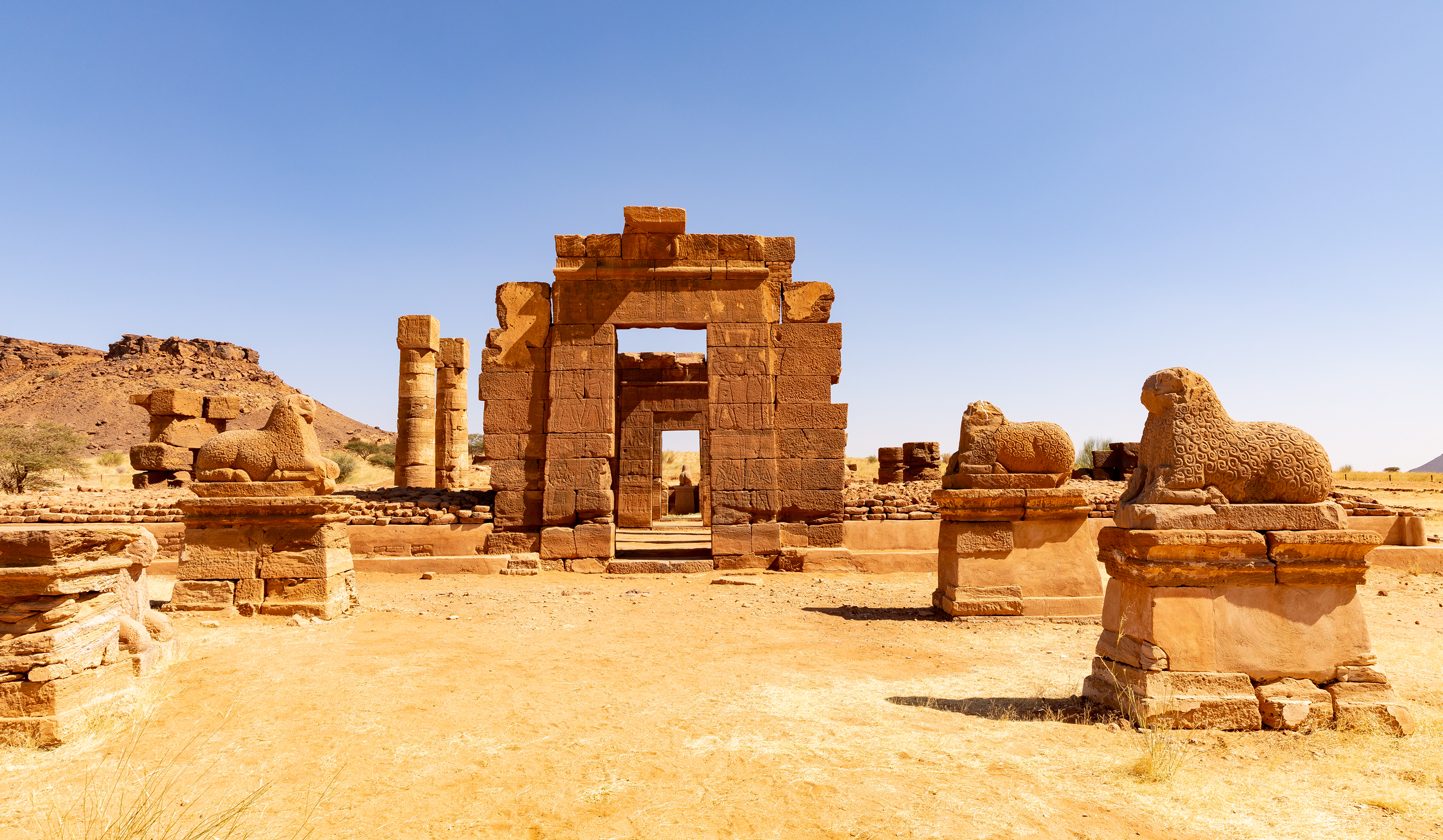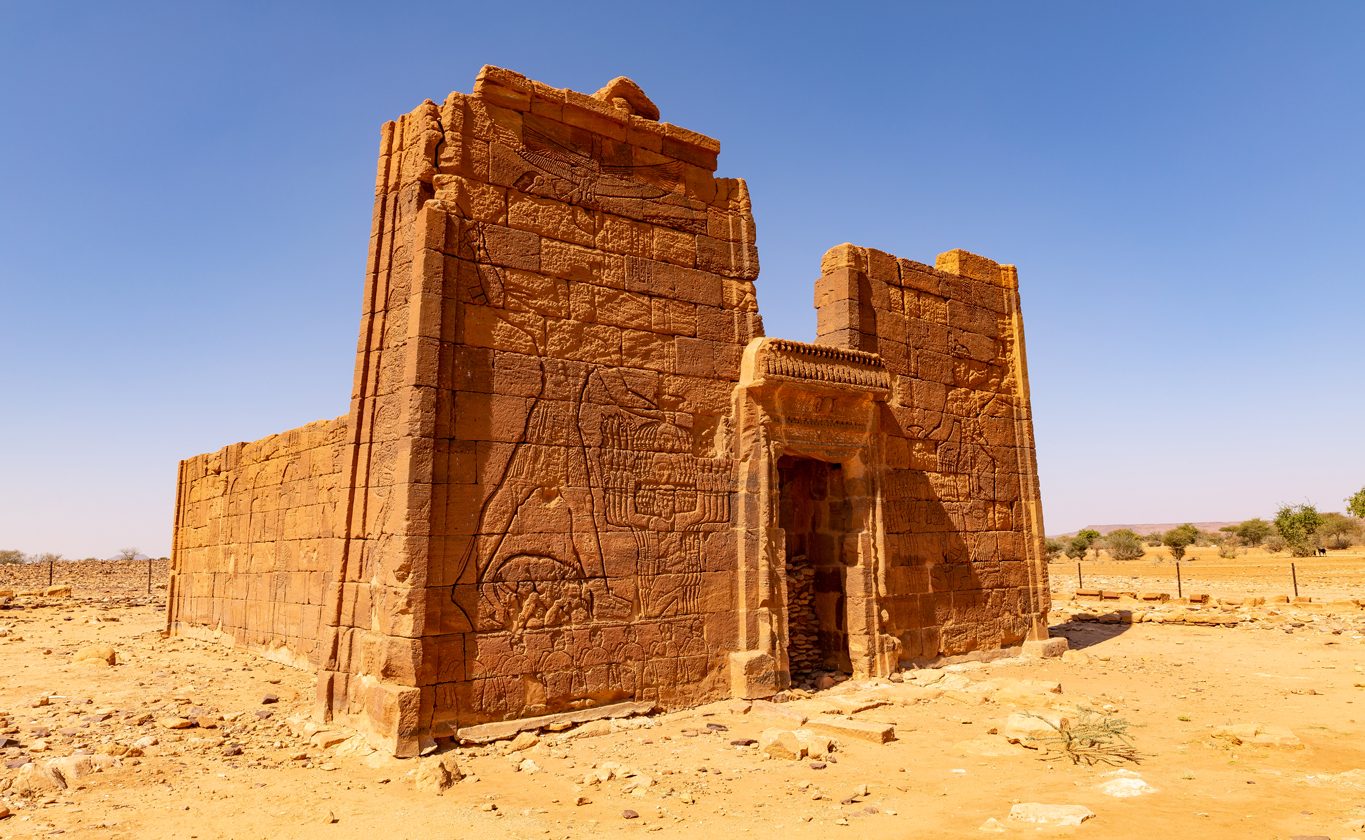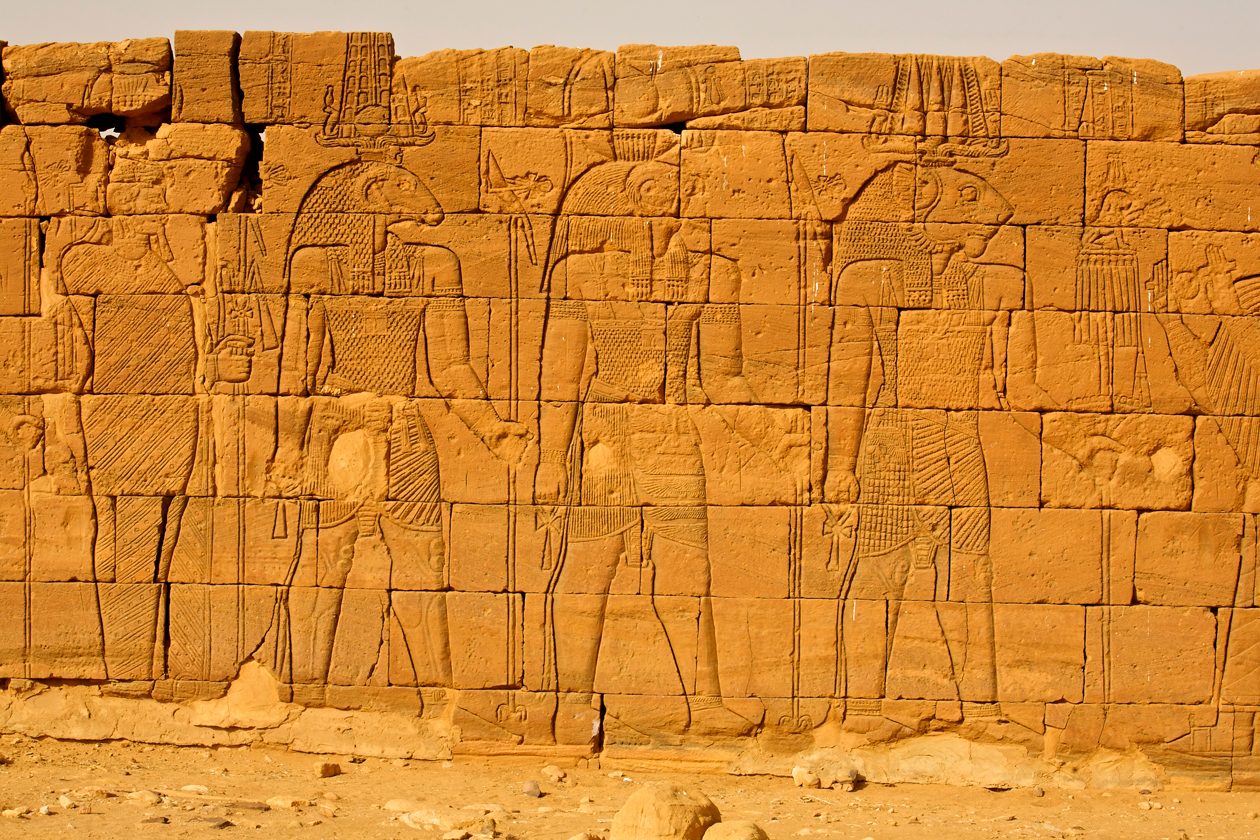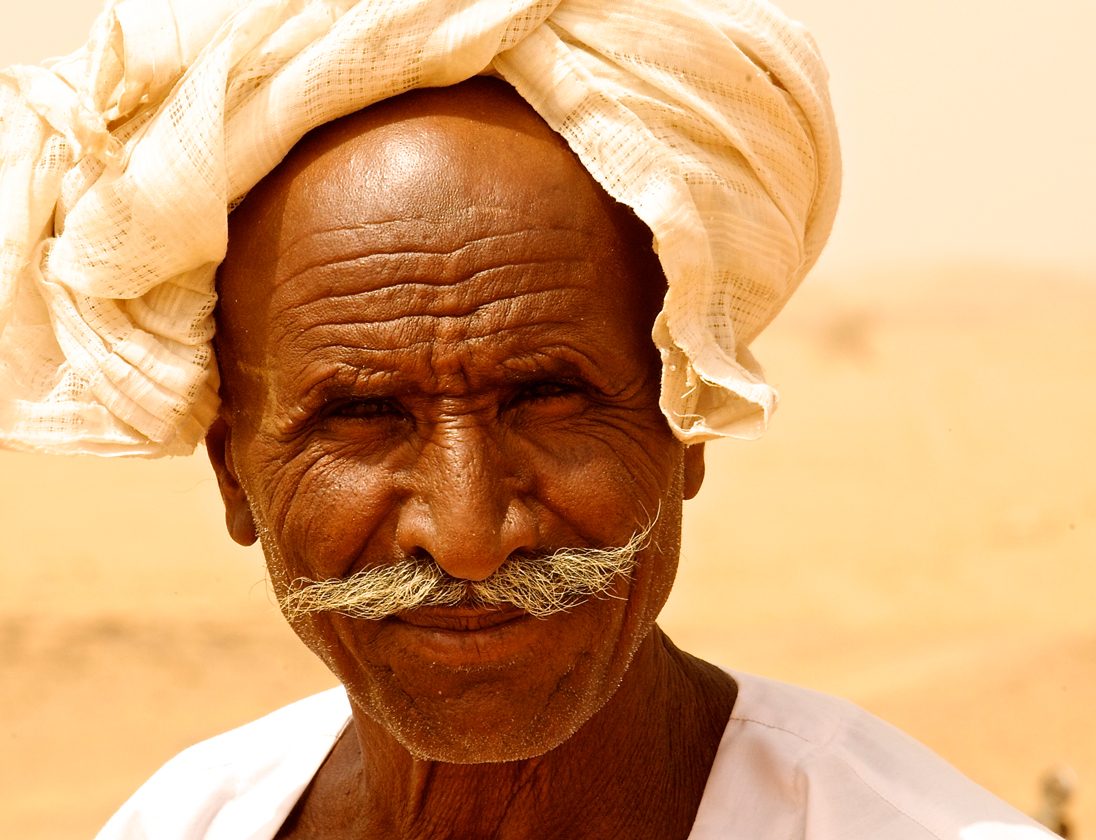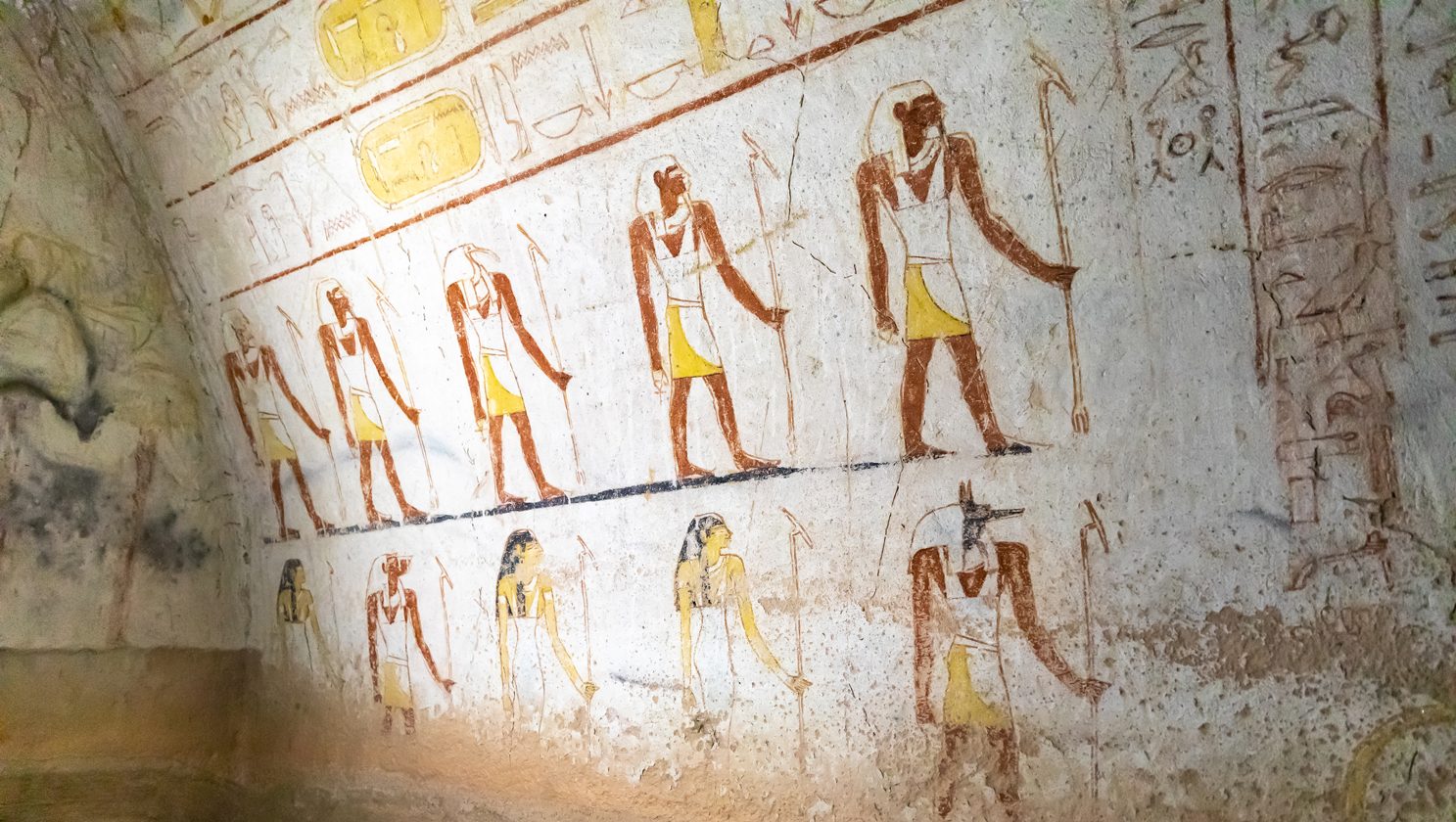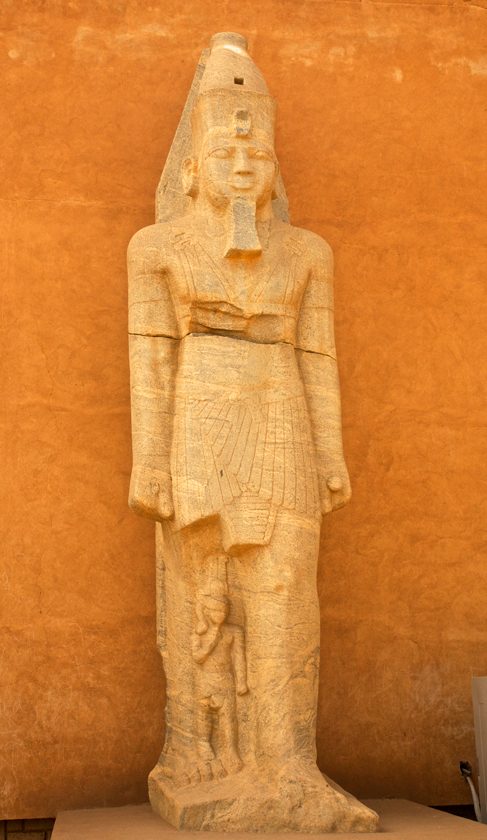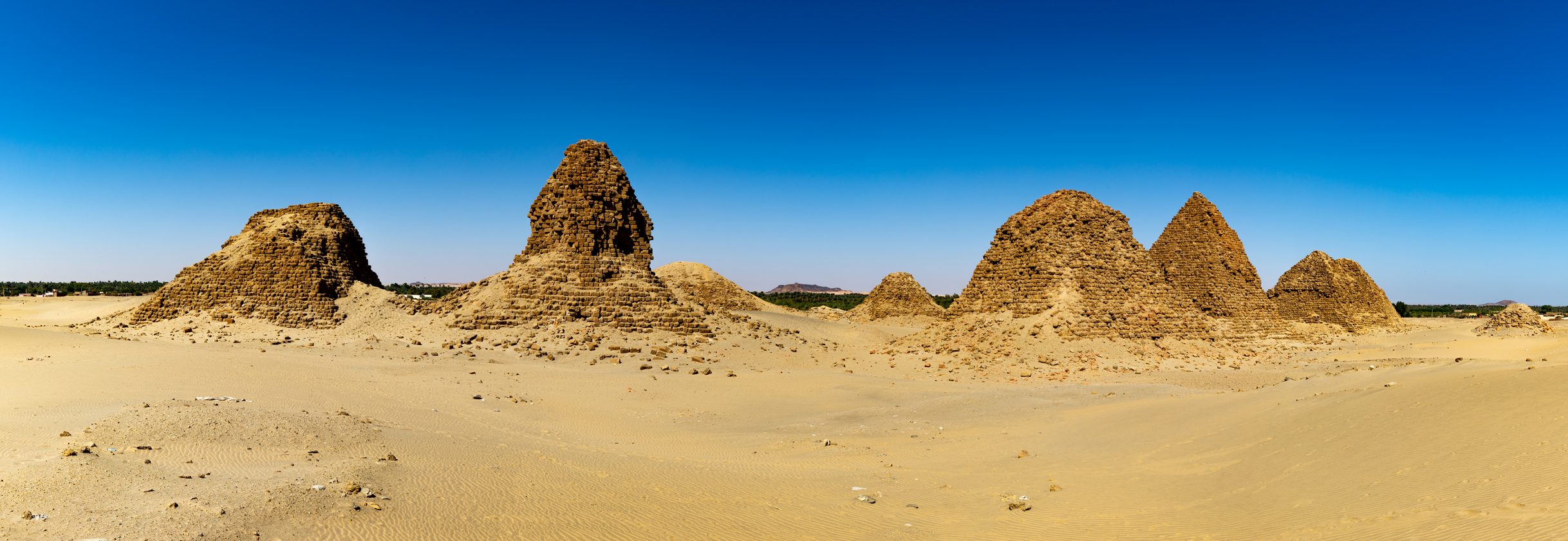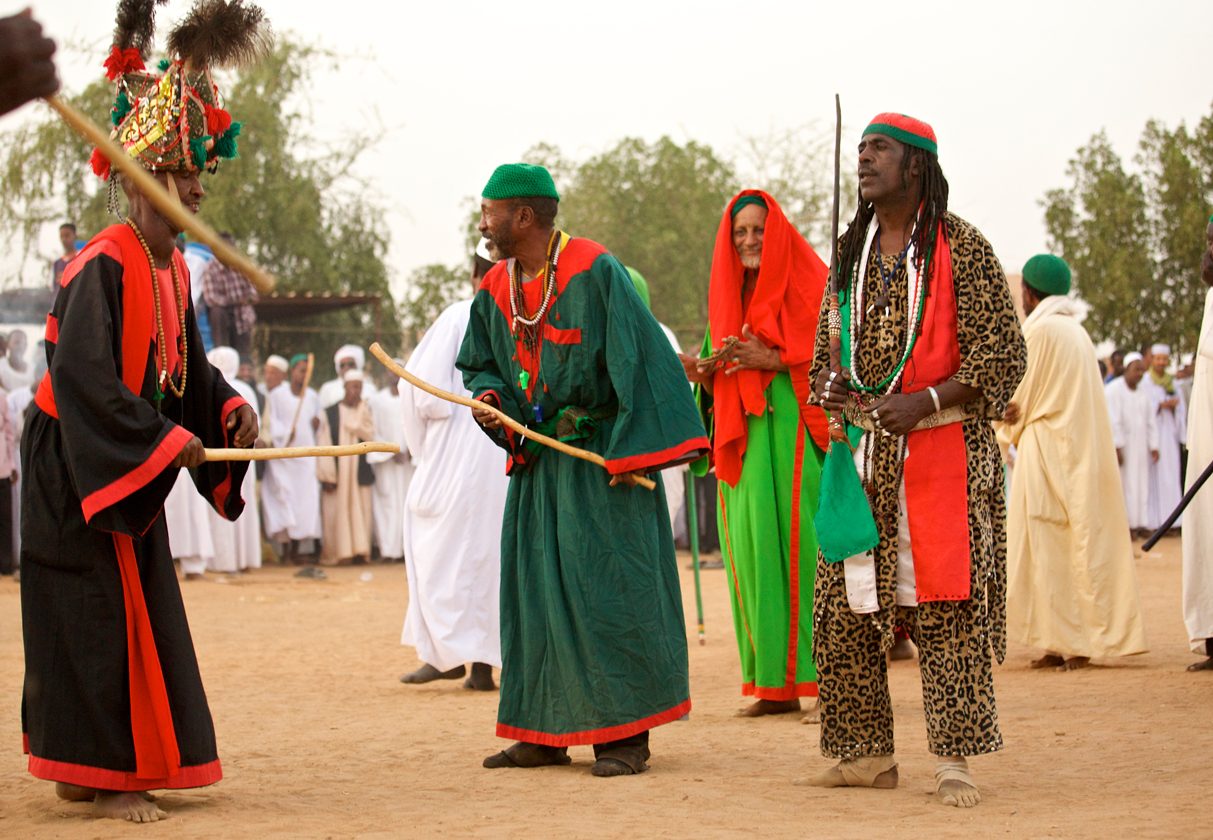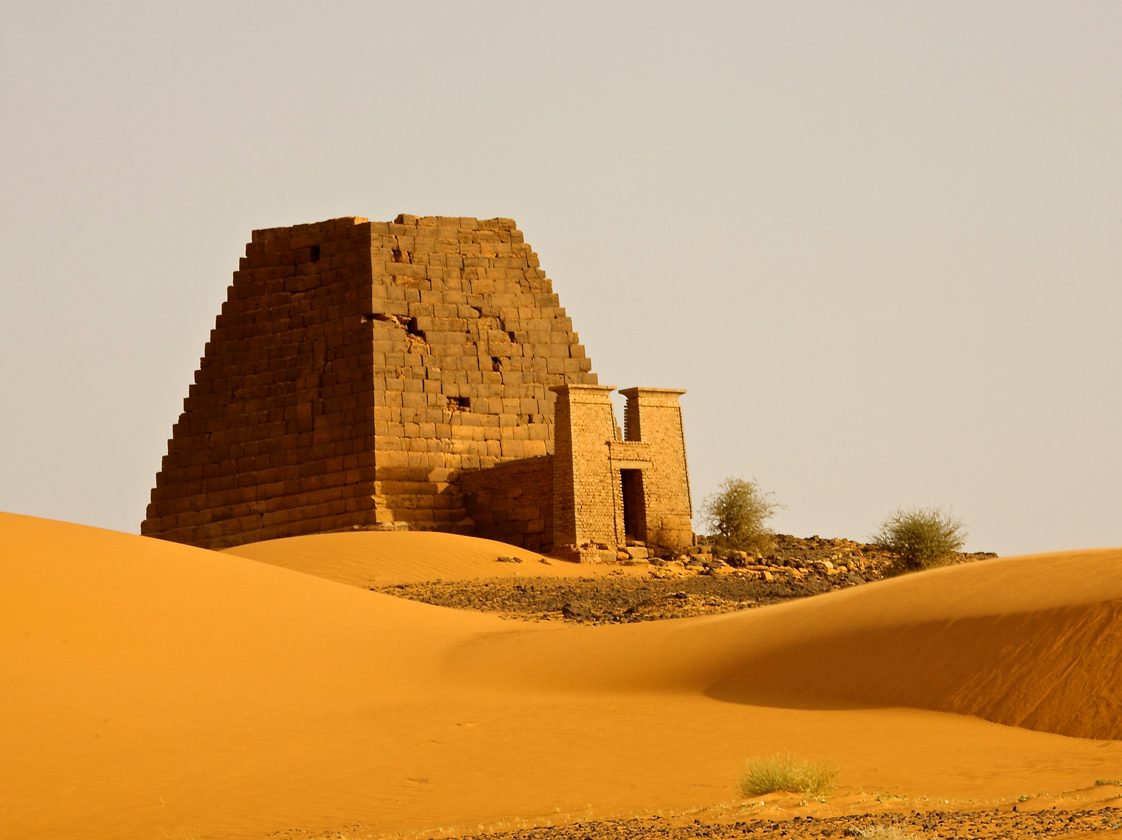Archeology and vernacular architecture
Pyramids of Meroe:
Clearly visible from the Khartoum-Atbara road, the pyramids of the Royal Cemetery of Meroe stand alone on a sandy ridge like a row of broken teeth. They are the most popular tourist attraction in Sudan and a 'must' for any traveler who loves art, history, and beauty.
Old Dongola: It was an important city in medieval Christian Nubia that became a meeting point for caravans going west from Darfur to Kordofan.
Kassala: It is an interesting city built by the Ottomans on the banks of the Gash River and surrounded by gigantic granite rocks (Taka Mountains). The Khatmiyah Mosque is the most famous landmark in this commercial and agricultural city close to the Eritrean border.
Suakin Island: It flourished during the Ottoman occupation of the Red Sea coast thanks to its location on the lagoon, which was ideal for setting commercial ships. Since the port's abandonment 100 years ago, Suakin has been declining rapidly. Most of the buildings are in disrepair.
National Museum and Ethnographic Museum: The National Museum holds many treasures from Sudan's ancient and medieval past. They are well presented and labeled, and offer a good narrative of Sudan's history. The Ethnographic Museum is located on Al-Gama'a Street in what used to be the club of the British Army. It is a bit run-down, but it is worth a visit for its interesting collection of ethnographic objects and for its curious demodé appearance.
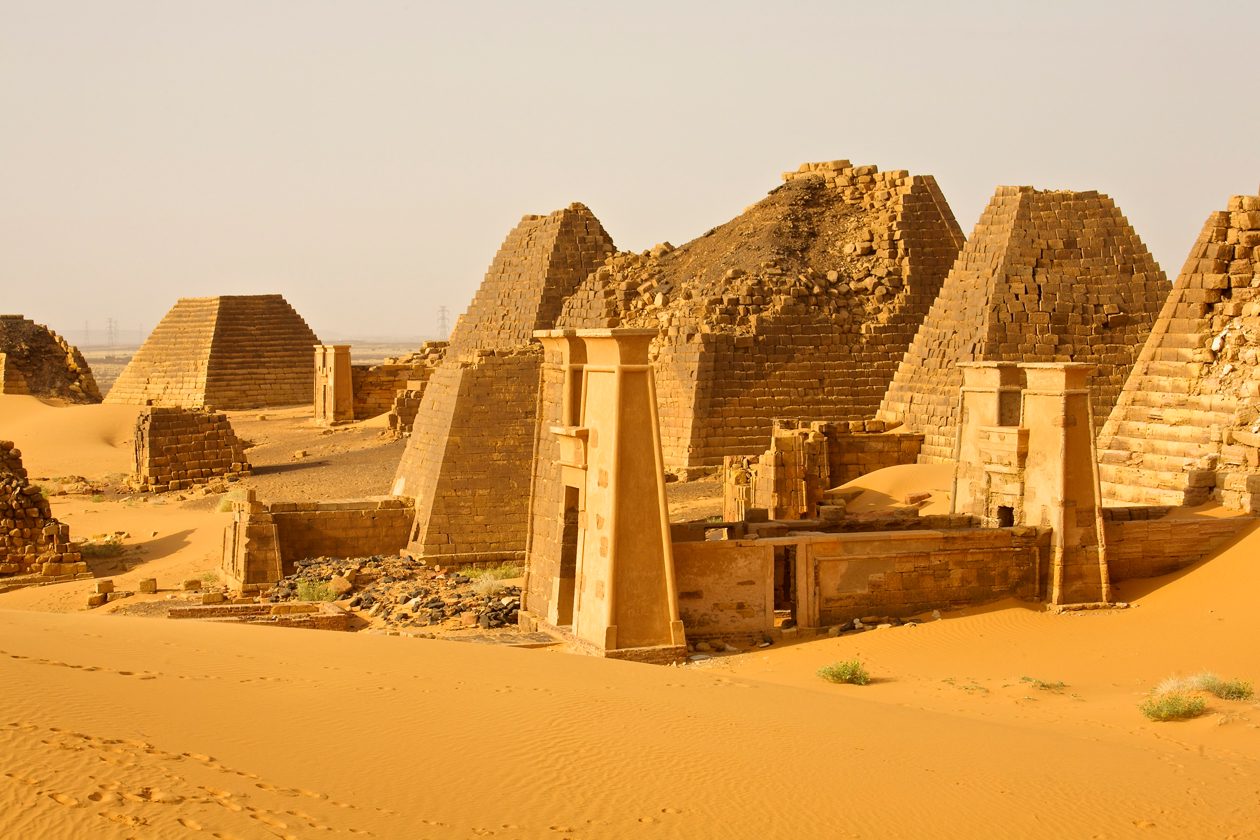
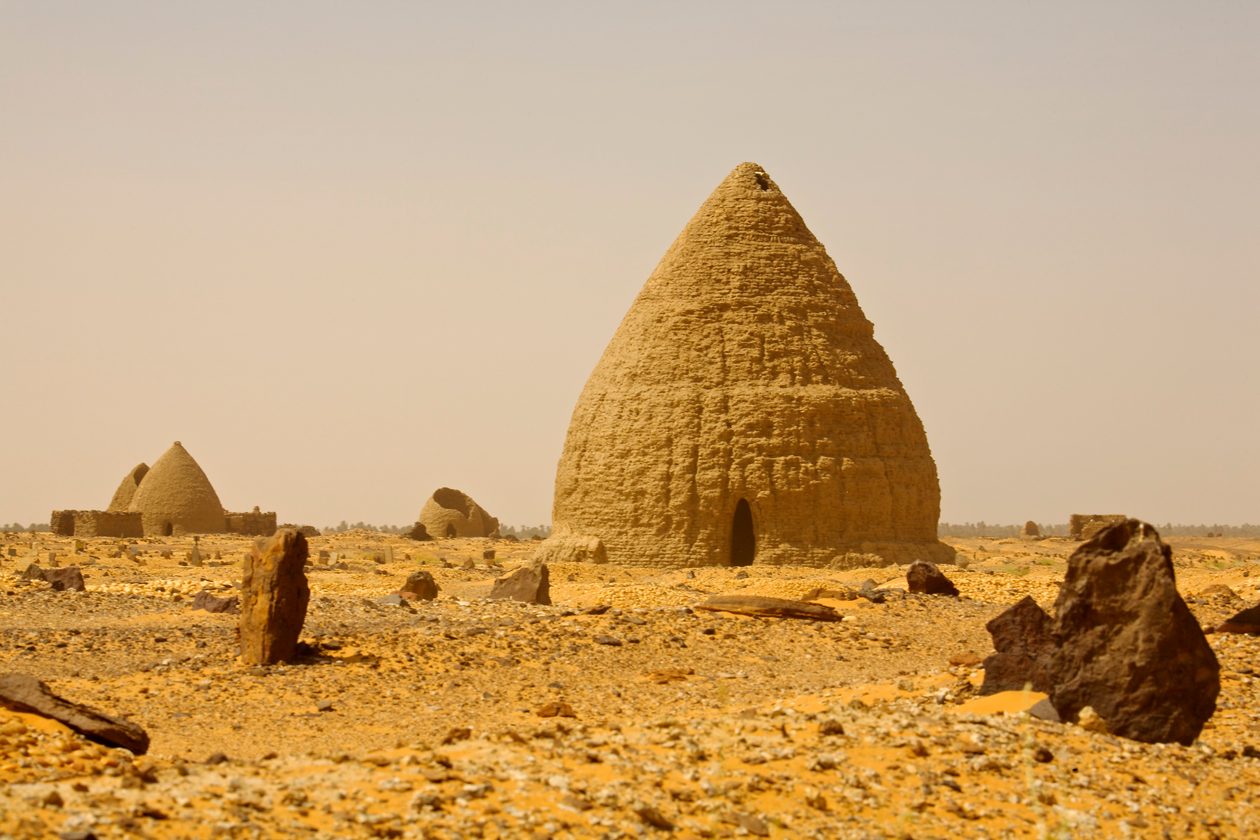
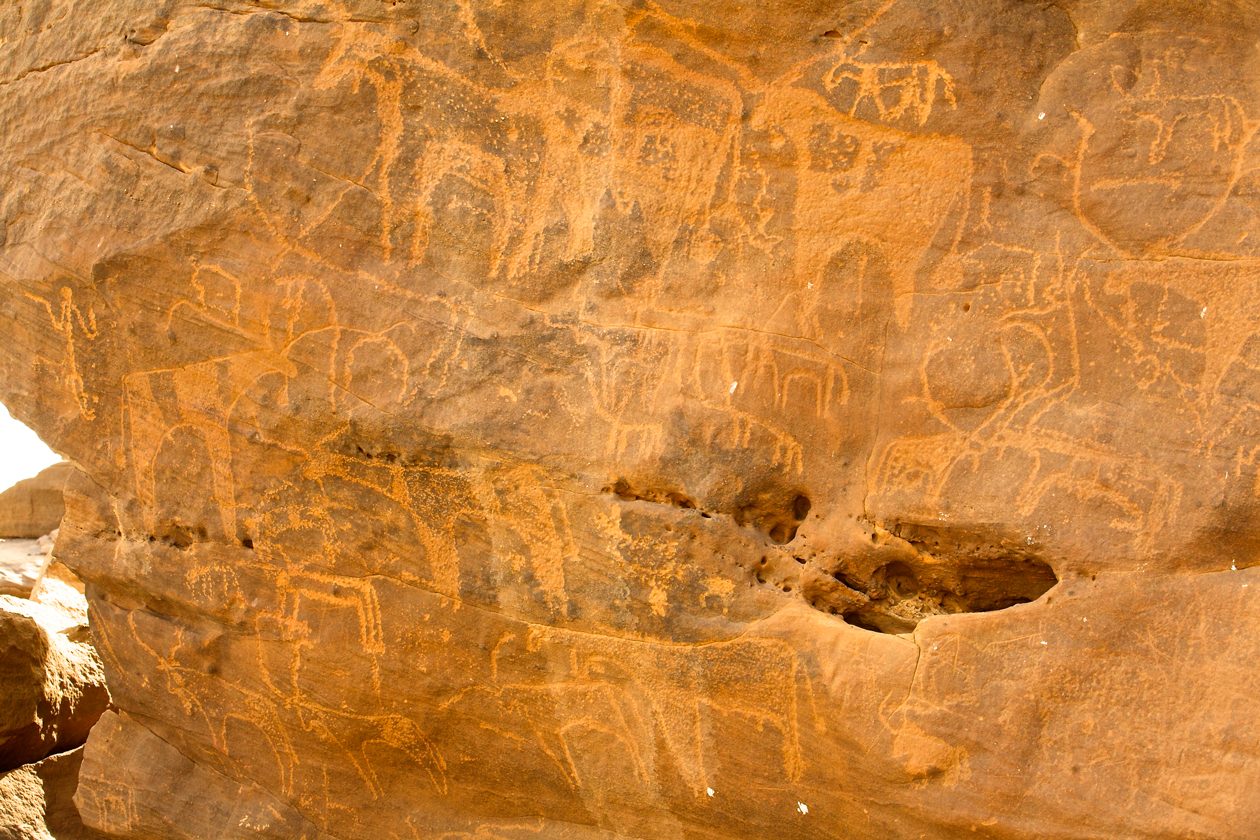
Ethnic groups
Nuba tribe: Legendary town that has been part of the collective imagination since the photographer Leni Riefenstahl photographed them in 1974. You have to reach the untamed South Kordofan and the granite Nuba Mountains to find this group of animist people who continue to celebrate the 'siber' festivals related to the harvest and where wrestling and dancing are practiced.
Natural spaces
Mount Jebel Barkal: The sacred mountain of Jebel Barkal is located 2 km southwest of the center of Karima. Ancient Egyptians and Kushites alike believed that the mountain was the home of the god Amun. At sunrise or sunset, Jebel Barkal still evokes a magical aura and it is easy to understand why the ancients attributed such religious significance to it.
Dinder Park: It is the largest protected area in Sudan at 10,000 km² and probably the only place to see wild animals in the country. This Biosphere Reserve is located in southeastern Sudan and is connected to the Alatash National Park of Ethiopia. Recent research (2018) indicates that there could be up to 183 lions living in Dinder National Park.
